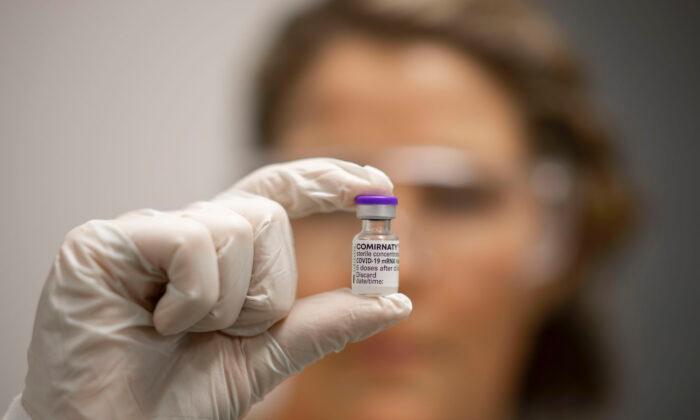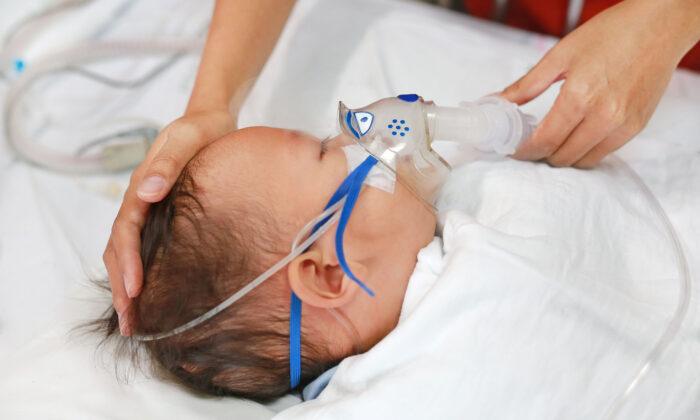Instead, an alternative goal to vaccinate more than 20 million Australians is more realistic by the end of the year, Australian Medical Association president Omar Khorshid said.
“I’ve been saying for a while that October is a pretty tough deadline to meet,” Khorshid told nine news on Monday.
Infectious disease expert Sanjaya Senanayake also believes the October deadline to be unachievable but would rather see the rollout perfected at the start, “so you start off slow and build things up.”
Senanayake added that the rollout peak could reach up to more than 150,000 vaccinations a day.
While the current rollout is going slower than expected—with more than 33,700 Australians, including 10,000 aged care residents, vaccinated by Sunday alone—federal health minister Greg Hunt said numbers would increase as the rollout progresses.
“It’s about protecting all Australians, but in particular about protecting our older Australians,” Hunt told reporters in Sydney.
However, there are “considerable logistical challenges” to meeting the federal government’s October target, Mark Hanley, an applied social statistician at the University of NSW’s Centre for Big Data Research in Health, has declared.
Instead, increasing the dosages to 200,000 per day would meet the October target.
“It’s possible, but will require dedicated large-scale vaccination sites capable of delivering thousands of doses a week in addition to the enthusiastic participation of general practices and community pharmacies countrywide.”
200,000 vaccination doses per day equals 7,700 doses per million people per day.
Hanly noted that Israel was able to achieve between 7000 and 20,000 daily doses throughout January due to “robust logistical planning, including coordination of delivery, ultra-cold-chain storage and staffing.”
For Australia to achieve its October target, other sites, in addition to GPs and pharmacies, will need to administer the vaccines, according to Hanly. Trained nurses could also vaccinate between 80-100 people per hour.
“A similar approach in the UK has seen conference centres, sports stadiums, churches and mosques all co-opted as mass vaccination hubs, to great effect,” Hanly said.
These include aged care residents, frontline healthcare workers, and quarantine and border workers. The federal government plans to vaccinate 678,000 people during this phase, which will last 6 weeks.
The next phase—phase 1b—will see over 6 million Australians get vaccinated, including over 70-year-olds, other healthcare workers, Aboriginal and Torres Strait Islanders over 50 years of age, people with a disability or underlying medical condition, as well as critical and high-risk workers such as emergency services and meat processing workers.
The federal government plans five phases under the voluntary vaccination program.





